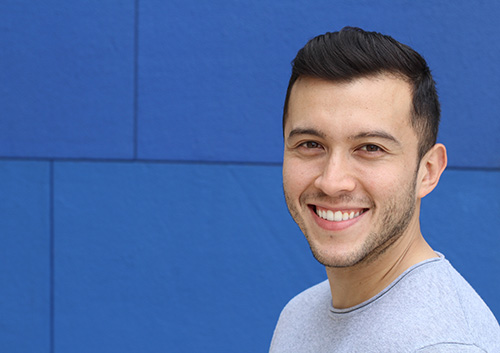What are lingual braces?
May 2nd, 2018

Incognito™ lingual braces offer the effectiveness of traditional braces minus the look of a mouth full of metal. They’re placed on the back of your teeth and won’t be visible to others unless you have widely spaced teeth. Dr. Andrew Nalin would love to help you determine if this would be a good treatment option for you.
Benefits of Incognito Lingual Braces
For many patients, the biggest benefit of Incognito lingual braces is that they are rarely perceived by anyone. Patients are able to talk and smile without feeling self-conscious about wearing braces.
Another perk is that they are just as effective as standard braces. Patients enjoy the pleasing aesthetic aspect without compromising on time or results! Lingual braces are also a great option for patients who have plastic sensitivities or can’t wear other types of clear braces.
Who can get lingual braces?
Although many patients qualify for lingual braces, not everyone is a good candidate. The best candidates are teenagers and adults with normal-sized teeth and no bite issues. Children often have smaller teeth, so lingual braces may not be suitable.
If you’re thinking about correcting your smile but don’t want traditional braces, talk to Dr. Andrew Nalin or visit our Mount Vernon, WA office today. We can determine whether lingual braces are the right choice for you, so you can have the smile you’ve always wanted!




 Website Powered by Sesame 24-7™
Website Powered by Sesame 24-7™